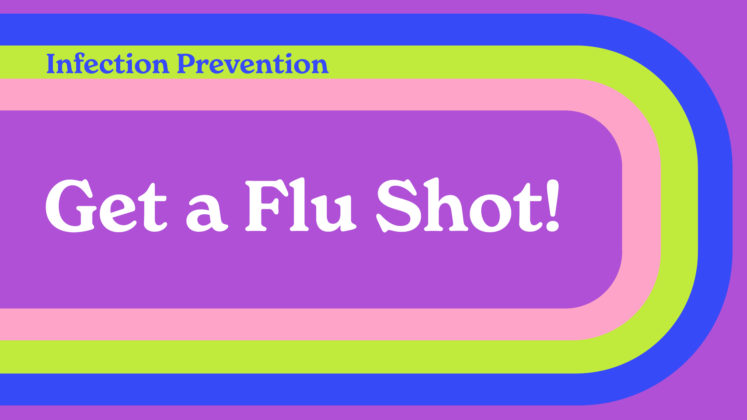United Against the Flu is a collaborative effort by several national health care organizations in coordination with the Centers for Disease Control and Prevention (CDC) to amplify the importance of getting vaccinated, especially this flu season.
From October 1, 2019, through April 4, 2020, there were 410,000 – 740,000 flu hospitalizations, and more than 39 million were affected by flu-related illnesses, according to the CDC. In addition to symptoms including sore throat, aches and fever, the flu can lead to serious health complications such as pneumonia.
One of the most important steps you can take to avoid serious, flu-related illnesses is to be vaccinated.
Who needs a flu vaccine?
Almost everyone. The CDC recommends that anyone 6 months of age and older get vaccinated, particularly people who are at a high risk for flu complications. This includes people 65 years and older, young children and people with chronic conditions such as asthma or heart disease. Individuals who care for or live with these high-risk populations also should get vaccinated.
COVID-19 and the Flu – What’s the difference?
According to the CDC, flu and COVID-19 are both contagious respiratory illnesses, but they are caused by different viruses. Both can spread from person-to-person, and the CDC recommends social distancing, frequent hand-washing and the use of cloth face masks to mitigate infection. Because some of the symptoms of Flu and COVID-19 are similar, testing may be needed to help confirm a diagnosis. You can learn more about other key differences and the most recent available information on COVID-19 and the flu here.
You can get the flu shot and the COVID-19 vaccine, even in the same visit.
Visit the CDC’s Flu Season FAQ for more information on this year’s flu season.
For information on the seasonal flu in South Dakota, click here.




